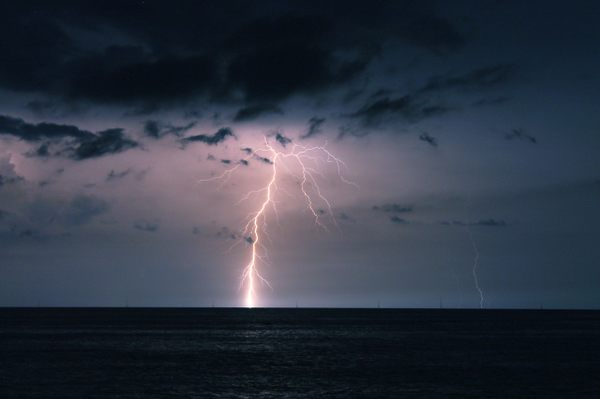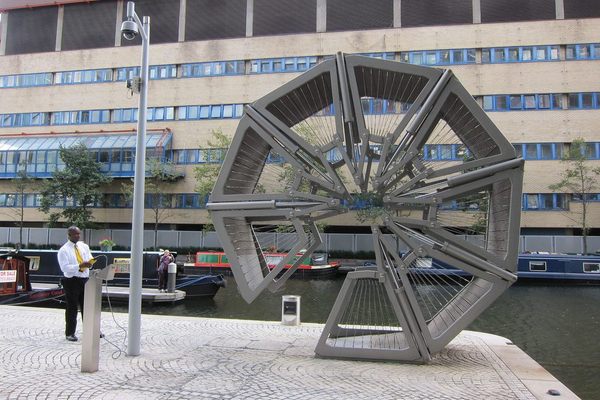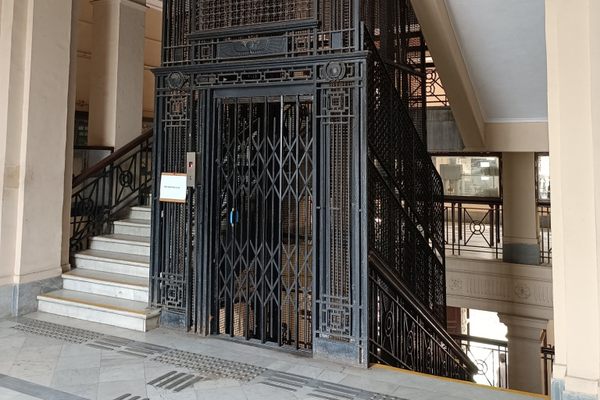General Rafael Urdaneta Bridge
Once considered a marvel of engineering, there are now doubts about the structural integrity of this 5.4-mile cable-stayed bridge.
The General Rafael Urdaneta Bridge was considered a marvel of modern bridge design when it opened in 1962. A few years prior, the government of Venezuela held a competition calling for designs for a bridge across the Tablazo Strait of Lake Maracaibo. Twelve entries were submitted, but in the end it was the design of the innovative Italian civil engineer Riccardo Morandi that won the contract.
Morandi was known for his use of reinforced and prestressed concrete, and his proposal was the only concrete design of the 12 entries. It was also the first of what would become his signature cable-stayed bridges.
To the layperson, a cable-stayed bridge looks similar to a suspension bridge. But a cable-stayed bridge has cables (or stays) that run directly from the tower to the bridge deck, whereas a suspension bridge uses cables suspended vertically from a main cable to support the deck.
To cross the Tablazo Strait, Morandi’s bridge would have to be exceptionally long. And, once completed, the General Rafael Urdaneta Bridge had a total length of 5.4 miles, with five main spans supported from six 302-feet-tall towers, providing a clearance of 151 feet to the water below.
That clearance, however, was not enough to prevent an oil tanker from crashing into the bridge just two years after its completion. On April 6, 1964, the supertanker Esso Maracaibo lost steering due to a major electrical failure, and minutes later crashed into the bridge. An 850-feet section of the bridge collapsed into the water along with four vehicles, killing seven people. It could have been an even greater tragedy had there been fires or explosions on the tanker. It was carrying 236,000 barrels of crude oil at the time, but no spill occurred.
The bridge was repaired, with no damage done to the reputation of its designer, Morandi. It was still considered a marvelous design, and in 2001 the French structural engineer and bridge specialist Dr. Michel Virlogeux wrote that “the Lake Maracaibo Bridge [General Rafael Urdaneta Bridge] deserves to be part of the series of the most famous bridges over the world, with the Golden Gate Bridge, the bridge over the Firth of Forth, the Brooklyn Bridge, and the Garabit Viaduct.”
In recent years, however, concerns have been raised regarding the structural integrity of the aging bridge. One notable issue with the bridge is the weighing system, which according to some reports hasn’t worked for years, and as such is not calculating the weight of cargo vehicles—not a good situation for a bridge that carries around 40,000 vehicles a day.
Then, on August 14, 2018, the Morandi Bridge in Genoa, Italy, collapsed, sending vehicles crashing to the ground 150 feet below and killing 43 people. The bridge had been designed by Riccardo Morandi, the same man behind the General Rafael Urdaneta Bridge in Venezuela. And both were cable-stayed bridges made of prestressed concrete. Understandably, concerns surrounding Morandi’s Venezuelan bridge have since skyrocketed.
The investigation into the collapse of the Morandi Bridge in Genoa is ongoing, and the bridge itself will be demolished rather than rebuilt. The future of the General Rafael Urdaneta Bridge, meanwhile, remains very much in the balance, and its days may well be numbered. Plans are already underway for the construction of a second bridge across Lake Maracaibo.
Know Before You Go
The General Rafael Urdaneta Bridge crosses over the Tablazo Strait outlet of Lake Maracaibo in western Venezuela, connecting the city of Maracaibo with the major highways heading east to Barquisimeto and Caracas.
Plan Your Trip
The Atlas Obscura Podcast is Back!





















Follow us on Twitter to get the latest on the world's hidden wonders.
Like us on Facebook to get the latest on the world's hidden wonders.
Follow us on Twitter Like us on Facebook